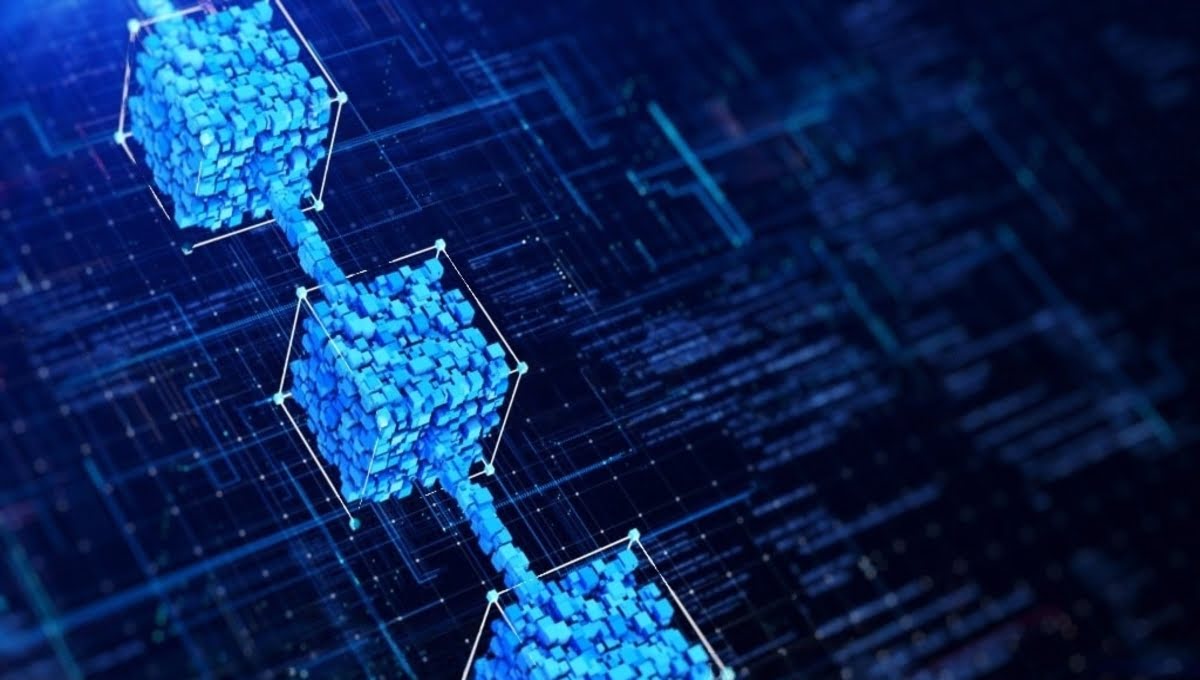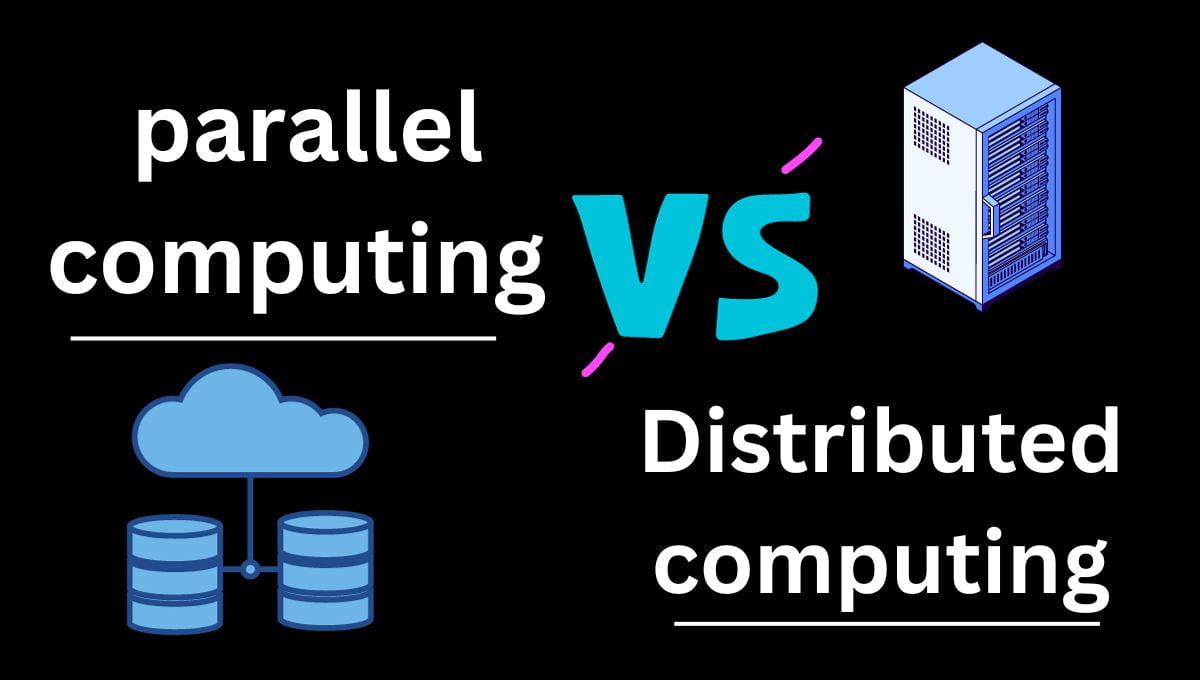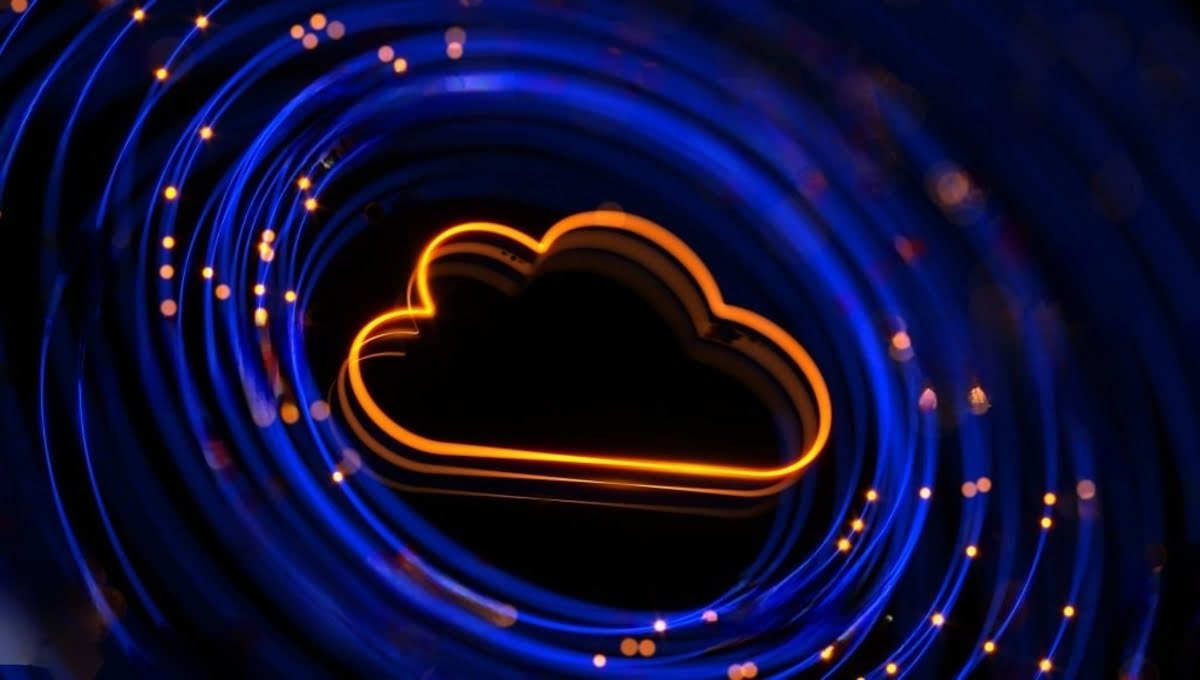CLOUD COMPUTING
Cloud Computing vs Fog Computing : Key Differences

Introduction
In the field of computer technology, Cloud computing and fog computing are two well-known concepts that have proven useful ways for managing, processing, and storing data.
These innovative solutions have transformed the way businesses and individuals manage their digital operations. Despite having identical purposes, they are vastly different in terms of design, deployment techniques, and advantages.
Understanding the key differences between cloud computing and fog computing, as well as their specific characteristics, benefits, and implications, is critical for navigating this technological landscape.
This essay will go into the subtleties of these two paradigms, as well as their respective strengths and optimal applications. By the end, readers will have a thorough understanding of both cloud computing and fog computing, allowing them to choose the strategy that best meets their needs and goals.
Cloud Computing vs Fog Computing: Head-to-head Comparison
| Parameters | Cloud Computing | Fog Computing |
|---|---|---|
| Location | Resources are located in central data centers | Resources are distributed throughout the network |
| Accessibility | Users can access resources from anywhere via the Internet | Users can access resources from any location within the network |
| Management | Resources are managed by a central authority | Resources are managed by distributed nodes within the network |
| Scalability | Resources can be scaled up or down as needed | Resources can be scaled up or down as needed |
| Latency | Can be affected by latency due to distance from data center | Reduced latency due to proximity to data source |
| Cost | It can be expensive due to the need for specialized hardware and software | It can be less expensive due to the use of commodity hardware and software |
| Response time | It may be slower due to the distance between users and data | Faster due to the proximity of users and data |
| Bandwidth | This can be higher due to the need to transfer data over long distances | Lower because data does not need to be transferred over long distances |
| Security | This can be higher because data is stored in central locations that may be more vulnerable to attack | It can be lower because data is stored at the edge in many locations |
Understanding Cloud Computing
What is Cloud Computing?
Cloud computing is a type of computing that stores and processes data on remote computers. Rather than storing files or applications on a local hard drive, cloud-based systems store and provide access to various sorts of information through a network of connected computers. Users may send and receive data from anywhere in the world thanks to improvements in cloud technology, making cloud computing an integral component of modern life.
However, if you believe that these advancements have left you behind in your basic understanding, you must learn cloud computing from scratch and bring your skills in line with the evolving computing world.
Cloud computing, in addition to giving quick and easy access to information, enables real-time collaboration across individuals and businesses. The convenience and flexibility of cloud computing make it a vital tool for modern enterprises and individuals alike, whether you are working on a project with colleagues or sharing enormous files with friends and family.
Key Features of Cloud Computing
- Scalability: Cloud services can easily scale up or down to meet varying workloads, ensuring optimal resource utilization.
- Accessibility: Users can access cloud services from anywhere with an internet connection, promoting remote work and collaboration.
- Cost-Efficiency: Pay-as-you-go pricing models reduce capital expenses, making it cost-effective for businesses.
- Reliability: Cloud providers offer high uptime guarantees, minimizing downtime and service interruptions.
Exploring Fog Computing
What is fog computing?
Fog computing, also known as fog networking, is a data integration and processing system that operates at the network level rather than the centralized cloud level. This sets it apart from traditional cloud computing, which is often centralized in a single location. Fog computing leverages modern technologies such as the Internet of Things (IoT) to process data from connected devices such as sensors or smart home appliances locally rather than sending it back to central servers.
Improving performance and efficiency can improve connected devices’ privacy, security, and dependability by minimizing their reliance on the internet. Overall, fog computing represents a significant shift in data collection and processing, opening up fascinating new opportunities for linking devices and handling information in novel ways.
Key Features of Fog Computing
- Low Latency: Fog computing reduces data transmission time, making it ideal for applications that require real-time processing, such as IoT devices and autonomous vehicles.
- Bandwidth Efficiency: By processing data locally, fog computing minimizes the need for constant data transfer to the cloud, optimizing network bandwidth.
- Enhanced Privacy: Sensitive data can be processed locally, enhancing privacy and security, especially in scenarios where data must remain on-premises.
Differences between Fog Computing and Cloud Computing:
Information:
- Data is received in real-time from IoT devices via any protocol in fog computing.
- Cloud computing collects and aggregates data from several fog nodes.
Structure:
- The fog features a decentralized design in which information is distributed across multiple nodes at the user’s nearest source.
- Because the cloud contains a large number of centralized data centers, it is difficult for users to get information at their nearest source in the networking region.
Security:
- Fog is a more secure system since it uses several protocols and standards, which decreases the possibility of it collapsing when networking.
- Because the cloud relies on the internet, the odds of it collapsing are considerable in the event of an undetected network connection.
Components:
- Other than the benefits offered by the cloud’s components, the fog includes certain extra features that improve storage and performance at the end gateways.
- The cloud is divided into several components, including the front end platform (e.g., mobile device), the back end platforms (storage and server), cloud delivery, and the network (internet, intranet, and intercloud).
Responsiveness:
- The system here has a faster response time than the cloud since fogging separates the data before sending it to the cloud.
- The cloud does not enable data segregation while transmitting data at the service gate, raising load and making the system less responsive.
Application:
- Edge computing can be utilized for smart city traffic management, smart building automation, visual surveillance, self-maintenance trains, wireless sensor networks, and other applications.
- Cloud computing can be used for e-commerce software, word processing programs, online file storage, web applications, image album creation, and a variety of other applications.
Fog Computing Vs Cloud Computing: Key Benefits
There is now a heated debate about whether fog computing or cloud computing is preferable for organizations. Here, we’ll look at the fundamental advantages of both technologies so you can tell the difference between cloud computing and fog computing and make an informed decision for your company.
Benefits of Using Cloud Computing for Businesses
- Increased flexibility and scalability: With cloud computing, businesses may swiftly scale up or down as needed without investing heavily in new infrastructure.
- Model of pay-as-you-go: Businesses using cloud computing only pay for the resources they utilize. It is not necessary to pay for idle capacity.
- Improved disaster recovery: cloud providers provide comprehensive disaster recovery solutions that can assist businesses in recovering swiftly and efficiently from large disruptions.
- Increased collaboration: cloud-based solutions enable staff to work on projects in real time from any place.
- increased security: While there have been some security concerns in the past, cloud companies have made significant advances in recent years in enhancing security capabilities.
- Environmentally friendly: Using cloud computing can help organizations minimize their carbon footprint by reducing energy use.
- Enhanced competitiveness: Businesses can gain a competitive advantage over their competitors by harnessing the latest technology trends and advancements.
Benefits of Using Fog Computing for Businesses
- Increased responsiveness – By bringing processing power and data storage closer to the data source or user, fog computing can help firms get near-instantaneous outcomes.
- Cost savings: Because fog computing decreases bandwidth utilization and eliminates the need for expensive dedicated hardware at the network’s edge, it can assist organizations in saving money.
- posture by storing sensitive data locally on devices at the network’s edge rather than in centralized data centers.
- Increased privacy: Similarly, because data remains local while employing fog computing, sensitive information is less likely to be hacked.
- Reduced latency: Another advantage of fog computing is that it can help reduce latency by reducing the number of hops needed to route data from its origin to its destination.
Conclusion
In the ever-evolving landscape of computing, Cloud Computing and Fog Computing stand as two formidable players, each with its strengths and weaknesses. The choice between them depends on the specific requirements of your applications and the critical factors of latency, data privacy, and scalability.
In conclusion, understanding the distinctions between cloud and fog computing empowers businesses and developers to make informed choices that align with their unique needs and objectives.
FAQs
- Is fog computing replacing cloud computing entirely?
(A) No, fog computing complements cloud computing by addressing specific use cases requiring low latency and localized processing.
- What industries benefit most from fog computing?
(A) Industries such as healthcare, manufacturing, transportation, and agriculture benefit significantly from fog computing, given their reliance on real-time data processing.
- Can I use both cloud and fog computing in my applications?
(A) Yes, many organizations adopt a hybrid approach, combining the strengths of both cloud and fog computing to optimize their operations.
- Are fog computing devices more expensive than traditional cloud servers?
(A) Fog computing devices can be cost-effective, especially when you consider the savings in bandwidth and data transfer costs.
- How can I decide which computing paradigm is right for my project?
(A) The decision should be based on your project’s specific requirements. Consider factors like latency, data privacy, scalability, and cost-efficiency to make an informed choice.

 FUNDAMENTAL1 year ago
FUNDAMENTAL1 year agoHow Cloud Computing Improving Customer Service Processes

 FUNDAMENTAL4 months ago
FUNDAMENTAL4 months agoWhat is cloud computing? A Comprehensive Guide

 FUNDAMENTAL2 weeks ago
FUNDAMENTAL2 weeks agoHow can Cloud Technology Help Small Businesses ?

 CLOUD COMPUTING3 weeks ago
CLOUD COMPUTING3 weeks agoWhat Is Vlan and VSAN In Cloud Computing?

 FUNDAMENTAL4 months ago
FUNDAMENTAL4 months agoEvolution of Cloud Computing : A Well-Explained

 CLOUD COMPUTING3 weeks ago
CLOUD COMPUTING3 weeks agocloud bursting in cloud computing

 FUNDAMENTAL3 weeks ago
FUNDAMENTAL3 weeks agoIaaS PaaS and SaaS in cloud computing

 CLOUD COMPUTING3 weeks ago
CLOUD COMPUTING3 weeks agoDistributed computing in cloud computing?
















